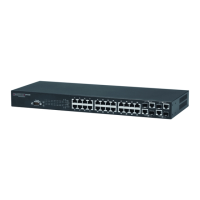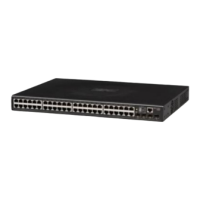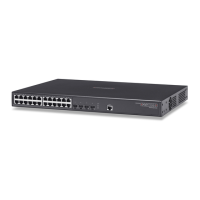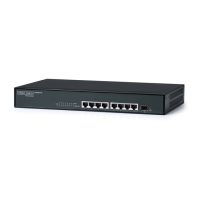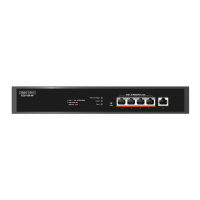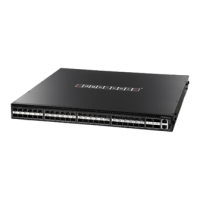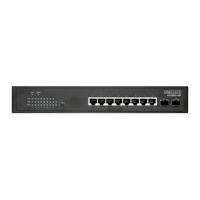C
HAPTER
37
| Quality of Service Commands
– 892 –
EXAMPLE
This example creates a policy called “rd-policy,” uses the class command to
specify the previously defined “rd-class,” uses the set phb command to
classify the service that incoming packets will receive, and then uses the
police flow command to limit the average bandwidth to 100,000 Kbps, the
burst rate to 4000 bytes, and configure the response to drop any violating
packets.
Console(config)#policy-map rd-policy
Console(config-pmap)#class rd-class
Console(config-pmap-c)#set phb 3
Console(config-pmap-c)#police flow 10000 4000 conform-action transmit
violate-action drop
Console(config-pmap-c)#
service-policy This command applies a policy map defined by the policy-map command
to the ingress side of a particular interface. Use the no form to remove this
mapping.
SYNTAX
[no] service-policy input policy-map-name
input
- Apply to the input traffic.
policy-map-name
- Name of the policy map for this interface.
(Range: 1-32 characters)
DEFAULT SETTING
No policy map is attached to an interface.
COMMAND MODE
Interface Configuration (Ethernet, Port Channel)
COMMAND USAGE
◆ Only one policy map can be assigned to an interface.
◆ First define a class map, then define a policy map, and finally use the
service-policy command to bind the policy map to the required
interface.
◆ The switch does not allow a policy map to be bound to an interface for
egress traffic.
EXAMPLE
This example applies a service policy to an ingress interface.
Console(config)#interface ethernet 1/1
Console(config-if)#service-policy input rd-policy
Console(config-if)#

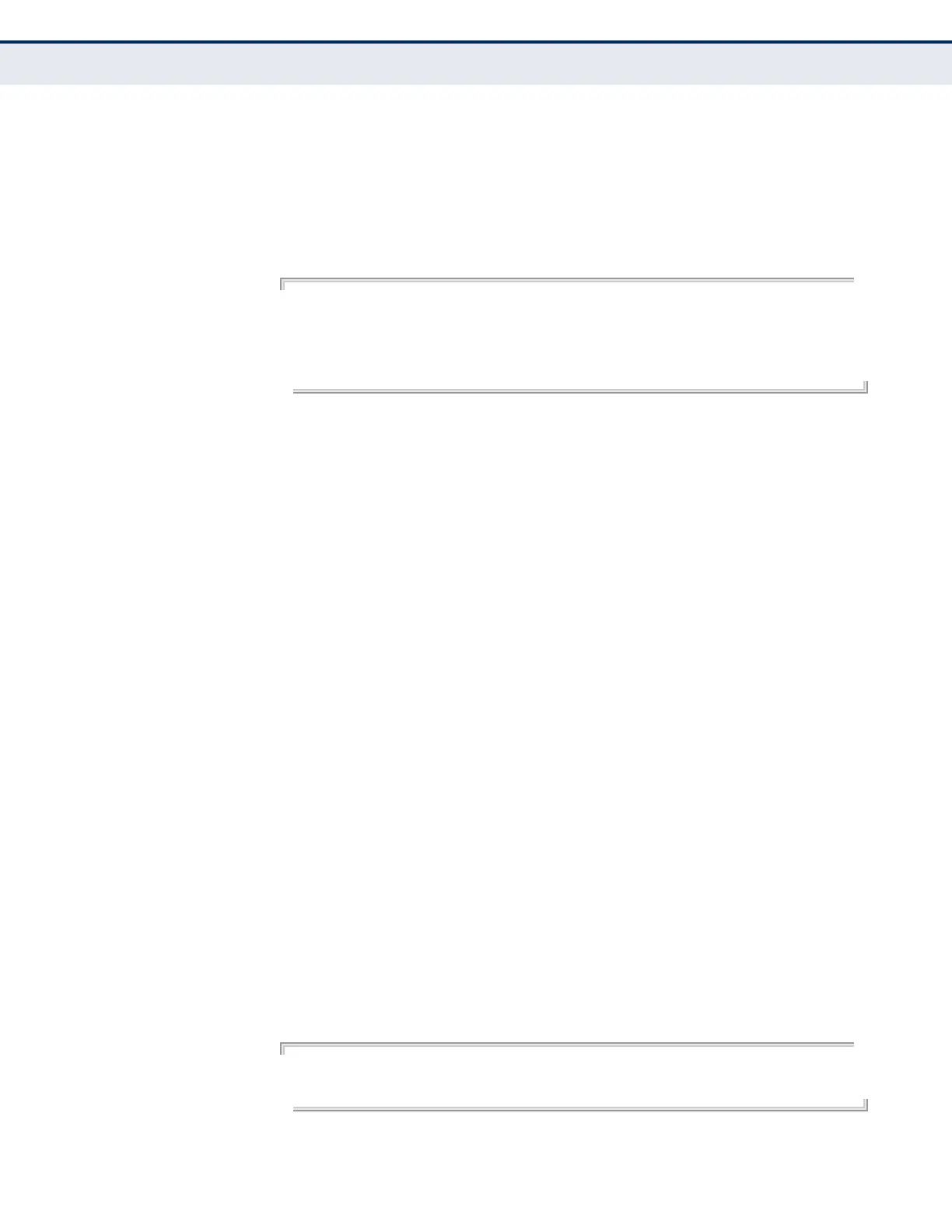